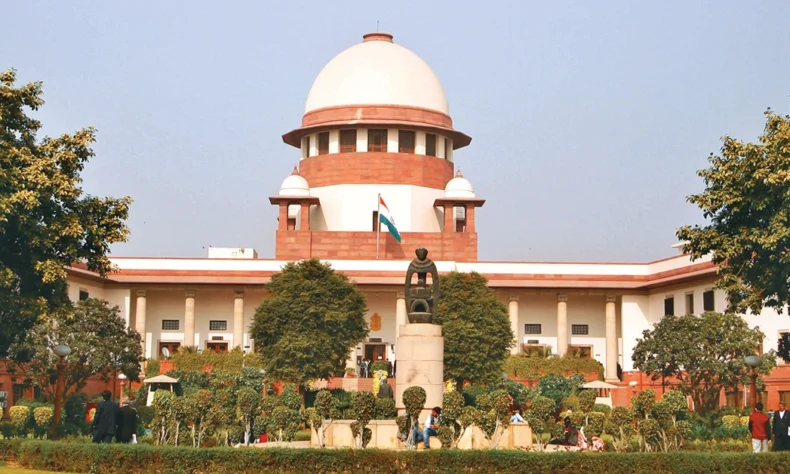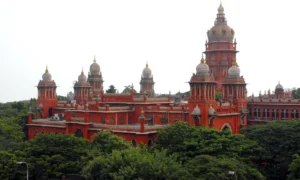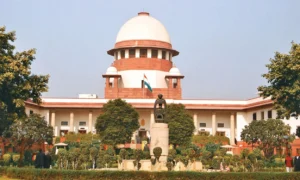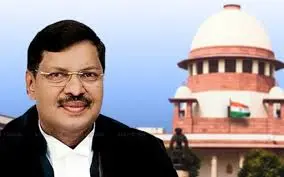
The Delhi Police on Friday submitted before the Supreme Court that the accused in the larger conspiracy case leading to riots in NorthEast Delhi in 2020 planned to engineer political destabilisation in India on the lines of uprisings witnessed in neighbouring countries of Bangladesh and Nepal.
Appearing for the Delhi Police before the Bench of Justice Aravind Kumar and Justice NV Anjaria, Additional Solicitor General (ASG) SV Raju asserted that the riots, which claimed 53 lives and injured more than 500 persons in February 2020, were not spontaneous protests against the Citizenship (Amendment) Act and National Register of Citizens but formed part of an orchestrated campaign intended to enable a regime change through violent disruption of civic order.
He submitted that material on record, including video recordings, messages, financial transactions, and other contemporaneous documentation, prima facie, established the commission of offences under the Unlawful Activities (Prevention) Act, 1967.
The trial court has already taken cognisance of charges under Sections 15 and 16 of the UAPA, including allegations amounting to acts of terrorism punishable with imprisonment for life. The cognisance order, the ASG emphasised, signifies the application of judicial mind to the evidence and has not been challenged by the accused, thereby attracting the statutory bar on bail under Section 43D(5) of the UAPA, which mandates that where accusations appear prima facie true, bail cannot ordinarily be granted, he pointed out.
The ASG placed reliance on Section 10 of the Indian Evidence Act, submitting that once a conspiracy was established, acts and statements of any co-conspirator in furtherance of the common design became admissible against all others. He argued that the principle of agency and vicarious liability squarely applied in a case of criminal conspiracy, rendering each participant responsible for the acts undertaken within the conspiracy period.
The Delhi Police Counsel reiterated that the riots reflected a structured plan to disrupt essential services, cause widespread economic paralysis, and symbolically demonstrate a capability to geographically isolate sectors of the country.
He cited public speeches calling for the blockade of the Siliguri Corridor, the narrow stretch connecting mainland India to the northeastern states, noting that these were inciteful acts intended to threaten national integrity and attract the definition of terrorism under Section 15 of the UAPA, particularly provisions concerning disruption of supplies and essential services with the intent to coerce the State.
He further submitted that several accused, including Umar Khalid, Sharjeel Imam, Tahir Hussain, Meeran Haider, Shifa-ur-Rehman, and Gulfisha Fatima, allegedly occupied distinct roles within the purported conspiracy, ranging from mobilisation of protest sites and dissemination of strategic directions to the raising and deployment of funds. The Directorate of Enforcement (ED) has been reportedly pursuing an independent money-trail investigation into the financial aspects of the case.
The ASG further contended that delays in the trial proceedings have not arisen from prosecutorial lapses but from the conduct of the accused, including incomplete arguments on charges. With the cooperation of all parties, the trial could be concluded within two years, he added.
ASG Raju contended that delay by itself could not justify bail in matters involving UAPA charges, particularly where accusations involved terrorism, conspiracy to commit murder, and attempts to subvert constitutional governance.
Final rebuttal submissions from counsel representing the accused are scheduled to begin on November 24, when the matter will resume before the Supreme Court.
📰 Crime Today News is proudly sponsored by DRYFRUIT & CO – A Brand by eFabby Global LLC
Design & Developed by Yes Mom Hosting






